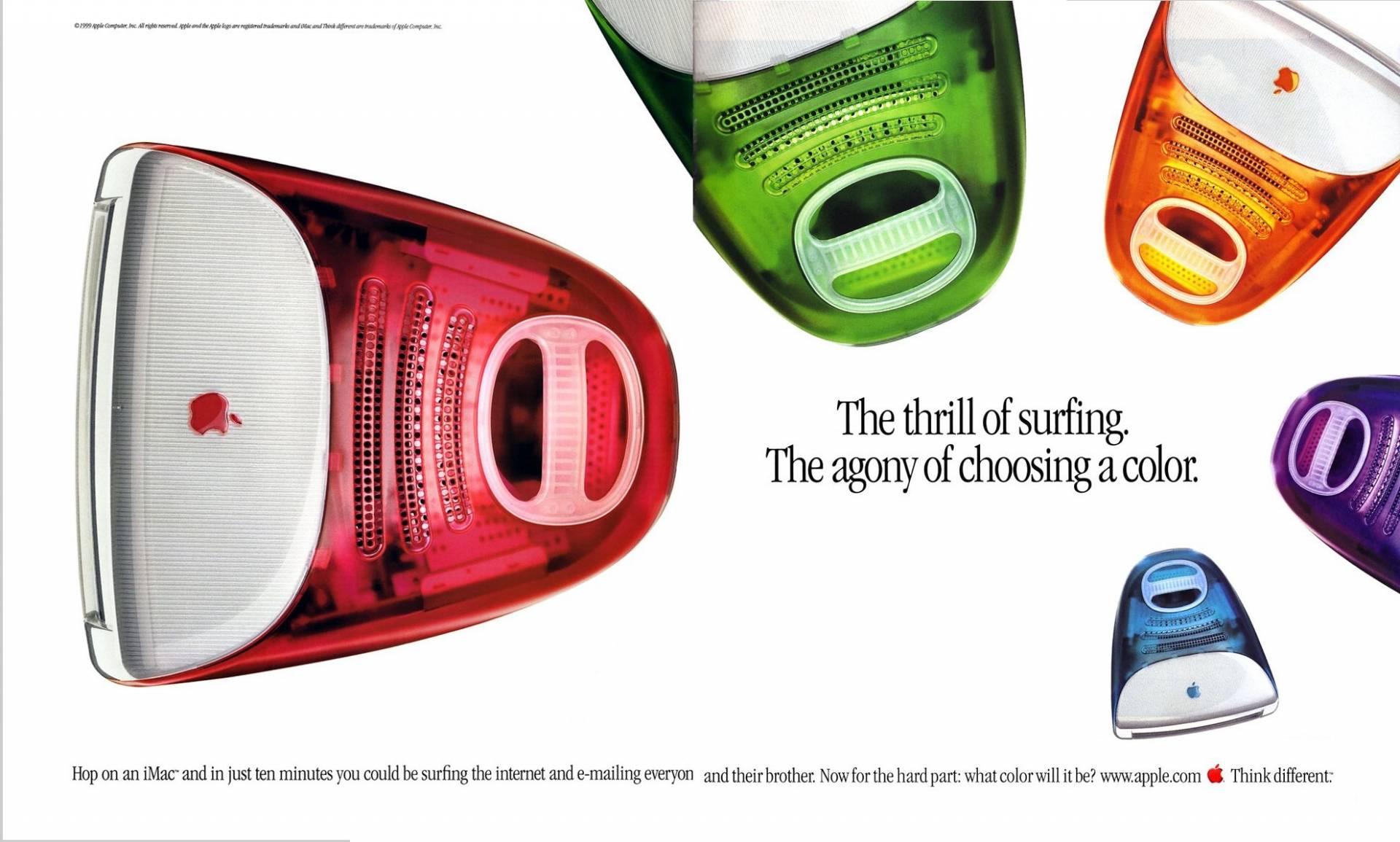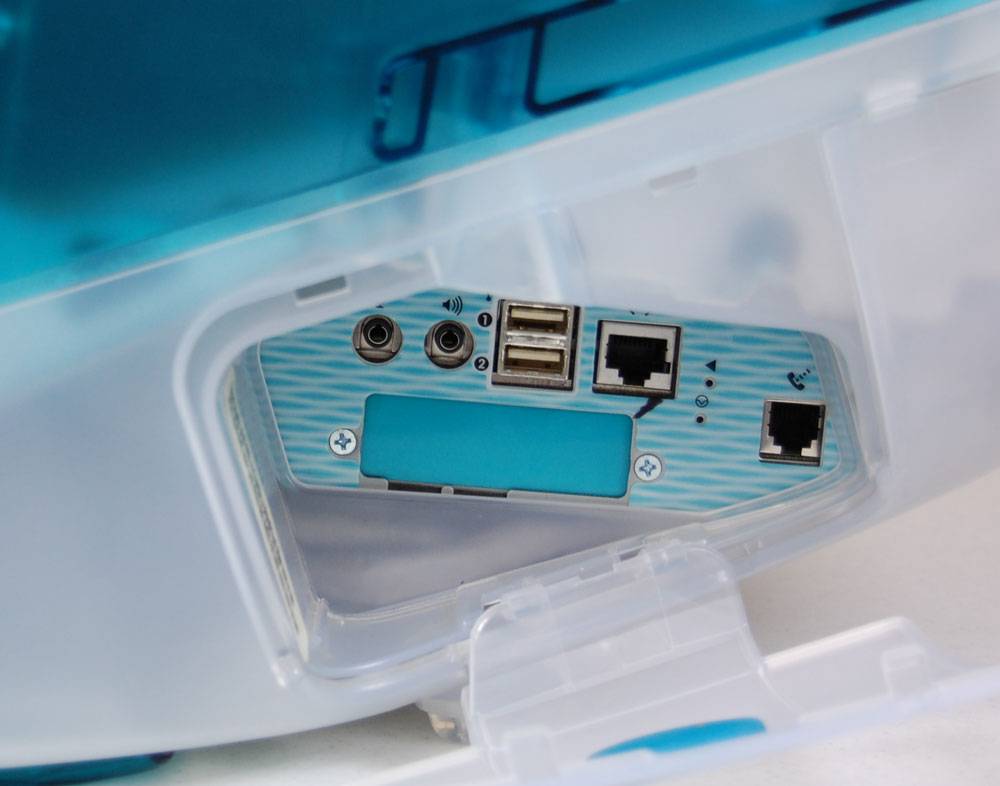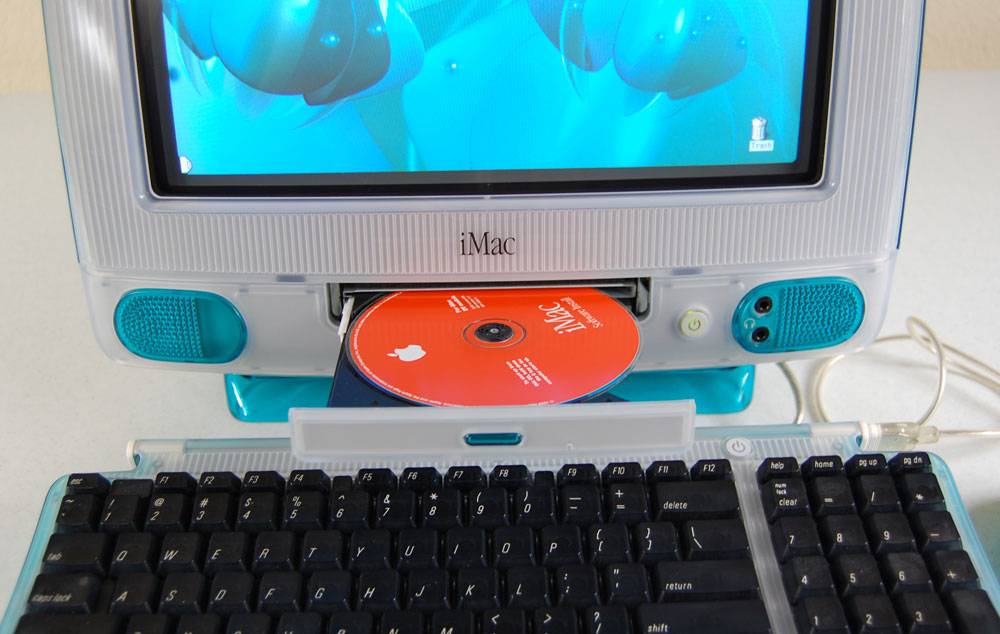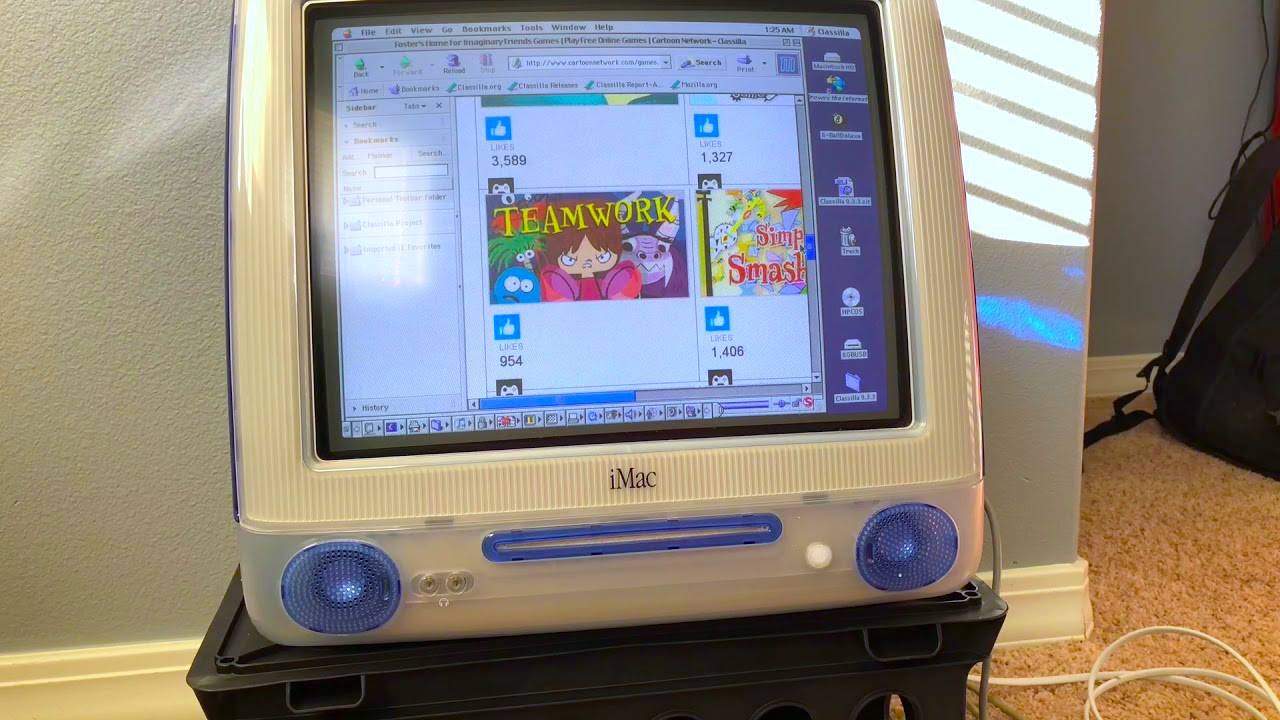6 Ways Apple’s iMac G3 Revolutionized Computing Forever
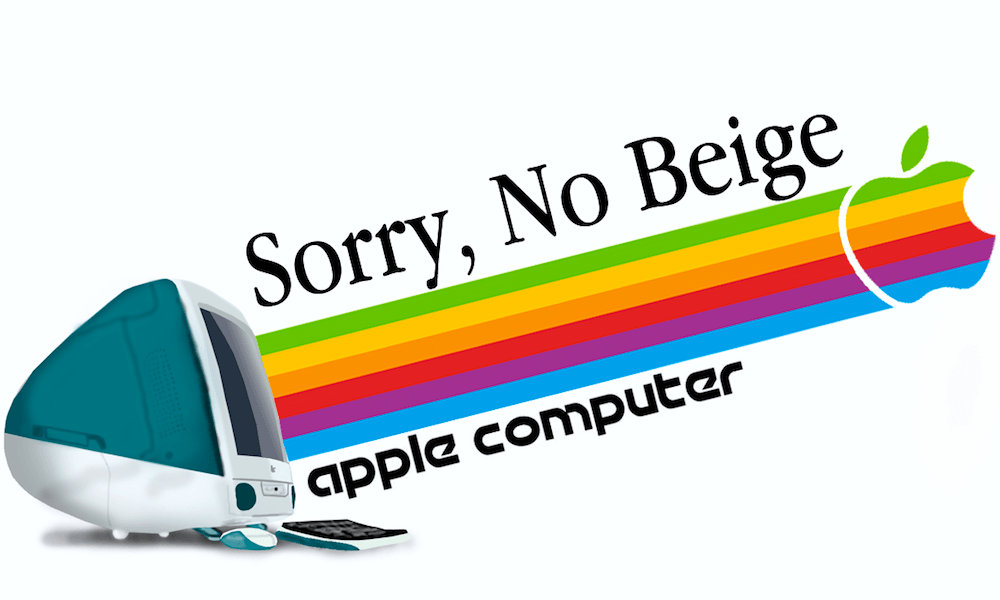 Credit: Matt Zani / Deviant Art
Credit: Matt Zani / Deviant Art
While the iMac G3 was first introduced in May 1998, it didn't hit store shelves until twenty years ago today: August 15, 1998. And even two decades later, the iMac G3 stands as one of Apple's most important products to date.
It's not a stretch to say that the computer helped to change Apple's course forever. But it wasn't just revolutionary for the company. Here are six ways the iMac G3 changed the world of computers and technology as a whole.
6 By Saving Apple
It may be hard to imagine now, but there was a time when Apple was failing. In the later 1990s, the company was on the verge of bankruptcy. The iMac G3, along with other factors and strategy changes, provided both a financial and symbolic return of solvency.
The iMac G3 also marked the triumphant return of Apple co-founder and former CEO Steve Jobs to the Cupertino tech giant. From there, it was only a matter of time before Jobs and Apple unleashed the iPod, and eventually, the iPhone.
5 By Bucking the Trend
The iMac G3 arrived at a time when most of its competitors were clad in boring beige cases. Obviously, the iMac was different. By introducing a computer that was aesthetically pleasing, Apple took a bold stand against the purely pragmatic design of PCs.
Its transparent design and colorful palette spawned a new trend of consumer products and inspired design across the world. Of course, Apple eventually moved to a sleeker aesthetic — but nostalgia for the iMac’s design remains, as evidenced by “classic” cases such as this.
4 By Kickstarting USB
The USB standard is ubiquitous now, but when the iMac G3 launched, it was pretty far from widespread. That’s what made the iMac G3’s sole reliance on USB ports so groundbreaking — and risky. By nixing other established ports, Apple made a statement.
But the iMac G3 undoubtedly helped to kickstart the wider adoption of USB. As we’ve seen from newer MacBook computers, Apple isn’t afraid to take a bold stand and kill off some ports in favor of simplicity and standardization. That’s a fact that’s evident in the next slide.
3 By Killing the Floppy Drive
When was the last time you saw a floppy disk in person? The 3.5-inch disk is now a thing of the past. But when the iMac G3 launched, it was still seeing considerable usage across the entire computing spectrum. But despite this, the iMac G3 killed its floppy drive.
Apple was undoubtedly ahead of the curve here — users and media greeted the lack of the floppy drive with skepticism. If that sounds familiar, it’s because it echoes Apple’s recent decision to nix the 3.5mm headphone jack on iPhones (a move that’s been copied by other major smartphone manufacturers).
2 By Making the Internet More Accessible
The iMac G3 was a computer that was tailor-made for getting on the internet. (Even its name reflected that, which we get to in the next slide.) Mind you, this was long before the era of social media and internet ubiquity.
When Jobs introduced the iMac G3, he said the device was made to “get on the internet, simply and fast.” It sported a built-in telephone modem and legendary ease-of-use. Together with its internet-forward marketing, the iMac G3 stood apart from its rivals. And looking back, Apple was on to something.
1 By Launching the “i” Prefix
iPod. iPad. iPhone. We may take it for granted these days, but there was a product that introduced the now ubiquitous “i” prefix to the world of Apple first — and the broader technology industry as a whole. That first product was the iMac G3.
Because of its focus on enabling users to connect to the internet, the “i” prefix for the G3 originally stood for internet. And while other Apple products and services also adopted the moniker, its influence has spread to a variety of third-party and non-Apple platforms and hardware.


